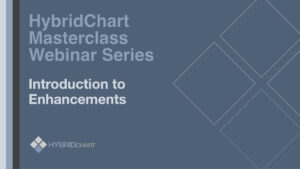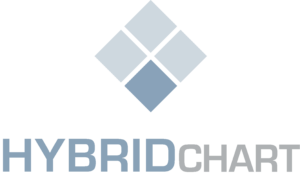Charge capture is one of those necessary evils for rounding physicians. The important focus is on patient care, but you and your staff need to be paid for the work you do. Here are four insider tips and tricks to make capturing charges more effective.
Don’t Wait
Have you ever found yourself sitting in your car at the end of a long workday, trying to remember what you did and for which patients when you would rather just go home? Rounding is a lot like spinning plates. Coordinate with your colleagues, ensure that the hospital staff has what they need, find the patient who got moved to another floor, write that follow up note in the EHR – the list goes on.
It’s understandable that charge capture can go to the bottom of the list. However, taking the time to capture the charge as soon as you complete a procedure or see a patient can have some helpful downstream effects. Your billing team gets the information they need as soon as possible, which means that the rest of the charge process – scrubbing, passing onto the payer, managing denials, and ultimately getting paid happen much faster. It also means that instead of being frustrated in your car at the end of the day, you’re hopefully headed home.
Use a Digital Tool
On its face, paper can seem like a quicker, cheaper option. A digital tool, however, can be custom configured just for your specialty and practice. Good tools can even be configured down to the level of specific users and rounding styles with features like custom diagnosis favorites lists and personalized superbills.
A digital tool gives your billing team instant access to charges and further accelerates the revenue cycle from charge capture to payment. It’s also so much more secure than paper. You can read more about the benefits of digital charge capture tools in our blog “Five Reasons Digital Charge Capture Is Worth It”.
Capture Facesheet Information
The facesheet can be an essential tool for getting the correct insurance and demographic information back to the office for billing and scheduling purposes. Whether you use a paper superbill or a digital charge capture tool, consider sending a facesheet to your team along with the charges. This can eliminate mistakes upstream, which leads to improved revenue cycles and fewer headaches on everyone’s part.
Talk to Your Billing Team
Do you know if you’re giving your billing team everything they need? You might not be, and they might be too intimidated to speak up. You may be taking extra unnecessary steps to get the job done, or maybe they have to pass your charges around the office to figure out what a certain hastily scribbled CPT code actually is.
One of the most common complaints I’ve heard over the years relates to diagnosis specificity. Billers get frustrated because the diagnoses used are not specific enough, which requires research on their part or perhaps a phone call to clear things up. Sitting down with your billing team to customize a diagnosis favorites list can help streamline this process and save everyone time. At the end of the day, being on the same page is good for everyone.
At HybridChart, we understand the needs of rounding physicians. The tool was built by a doctor for doctors, and features not only highly configurable charge capture features, but an entire system to manage all your rounding needs.
Learn more today at hybridchart.com.





